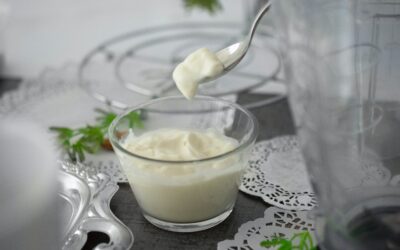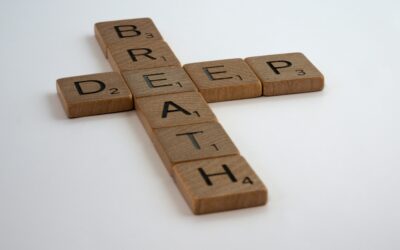Blood vessels circulate blood throughout the body, delivering nutrients and oxygen, and collecting waste products. When blood flows smoothly, metabolism is promoted and the body’s health and youth are maintained. However, inappropriate dietary habits, lack of exercise, and an overly stressful lifestyle can easily damage blood vessels, worsen the quality of blood, and impair health and youth.
A man is as old as his arteries
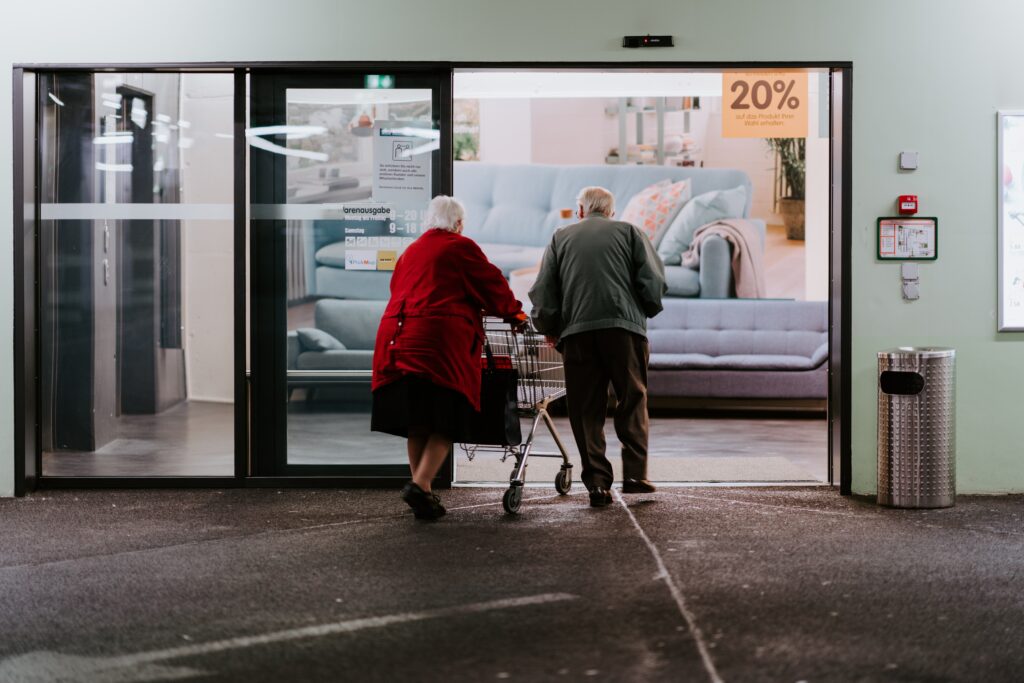
Atherosclerosis causes a variety of diseases
Atherosclerosis is caused by a variety of factors, but one of the most common causes is constantly high blood pressure. When blood pressure is high, pressure is continuously applied to the arteries, causing the cells and elastic fibers in the blood vessels to develop. This causes the vessel walls to thicken and the lumen to narrow, making it difficult for blood to flow.
In addition, high blood sugar and lipid abnormalities (high levels of LDL cholesterol, etc.) also make the blood sluggish, which damages vascular endothelial cells. When oxidative stress caused by reactive oxygen species is added to these factors, arteriosclerosis progresses further.
This arteriosclerosis can be the cause of not only high blood pressure but also various other diseases. For example, myocardial infarction, angina pectoris, stroke, aortic aneurysm, and other diseases are also caused by arteriosclerosis.
Decrease in Capillaries
The total length of blood vessels is about 100,000 km, which is equivalent to the length of two and a half times the circumference of the earth. Capillaries account for 99% of the blood vessels, and it is said that there are more than 10 billion of them.
Capillaries are located between arteries and veins, and are responsible for delivering necessary oxygen and nutrients to cells and collecting unnecessary carbon dioxide and waste.
Capillaries have small holes, and when they leak moderately, they are able to deliver oxygen and nutrients to the surrounding cells. If the blood tends to leak excessively due to aging or other reasons, blood may not reach the destination, and if this condition continues, the blood vessels at the destination will disappear.
When capillaries disappear, oxygen and nutrients cannot reach the cells beyond them. If this happens near the skin, it is said to be the cause of skin spots and wrinkles, and if it happens near the scalp, it is said to be the cause of thinning hair and graying hair. In addition, when oxygen and nutrients do not reach the body, the heart decides that it needs to pump blood more forcefully, which leads to high blood pressure, which in turn increases the risk of myocardial infarction and stroke.
Factors that accelerate the aging of arteries
Glycation that scorches the body
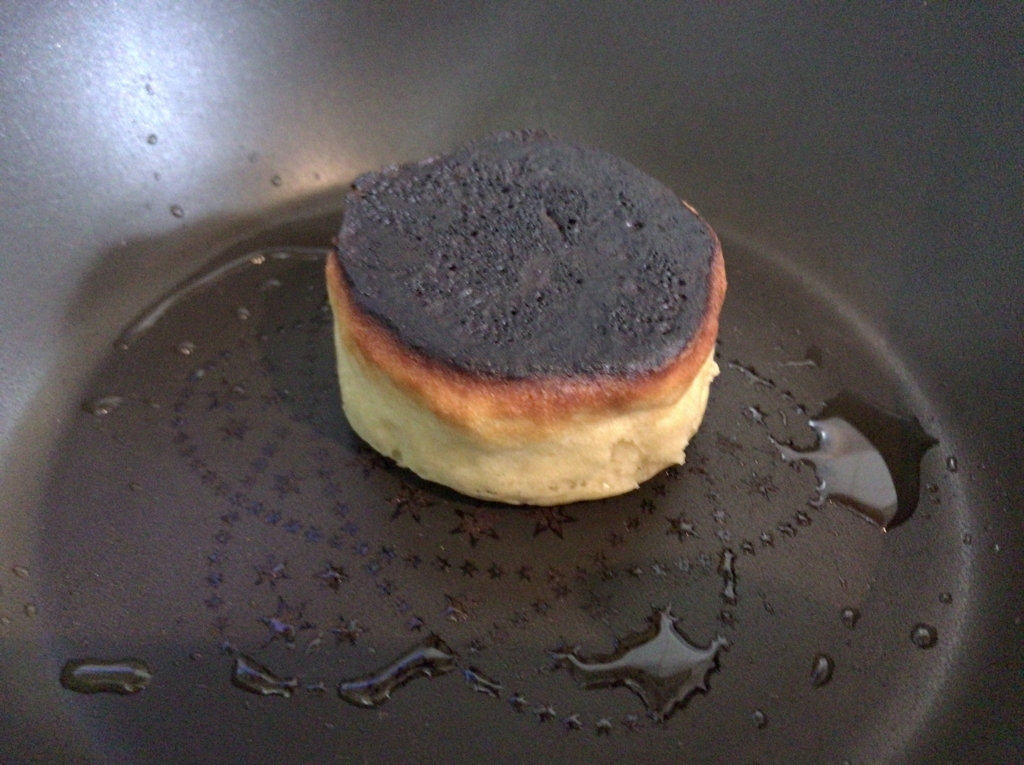
Glycation is the process by which proteins and fats are combined with sugar. Excess sugar in the blood binds to proteins and lipids in the body and denatures them, creating AGEs (Advanced glycation end-products), which are aging promoting substances. Glycation is also known as the Maillard reaction, named after the person who discovered it.
If you have a hard time visualizing this phenomenon, think of a pancake. When a pancake is cooked, its surface turns brown. This is because the sugar in the pancake is denatured by the protein in the eggs and milk. The same phenomenon occurs with caramel and cookies.
Glycation in the case of food is a reaction that makes the food smell nice and brown, but when the same thing happens in the human body, it has negative effects.
The effects of glycation in blood vessels and internal organs are particularly serious. When the tissues of blood vessels become brittle due to glycation, inflammation of blood vessel walls is more likely to occur, increasing the risk of atherosclerosis. The kidneys are also responsible for filtering the blood that contains waste products from the body and producing urine. The membranes that filter the blood are made of protein, so when these membranes become glycated and lose their original function as filters, kidney function declines.
Oxidation by active oxygen

If glycation is “scorching the body,” oxidation may be better described as “rusting the body.
First of all, what is active oxygen? Humans take in oxygen from the outside air in order to live. Originally, oxygen is a stable molecule, but when we take it into our bodies, about 2% of it changes into a molecule that is unstable and easily reacts with other substances. These molecules are called active oxygen (free radicals), and their strong oxidizing power has a variety of effects on the body.
In the blood, there is LDL (Low Density Lipoprotein) that carries cholesterol and other substances. This is transformed into oxidized LDL by the action of free radicals such as active oxygen. This damages the blood vessel wall, thereby impairing the vasodilation action that healthy blood vessels originally possess. In addition, when oxidized LDL is deposited on the vessel wall, macrophages, white blood cells, regard it as a foreign substance and gather to prey on the oxidized LDL one after another, rendering it immobile. The remnants of these macrophages form an atherosclerotic substance called plaque, which accumulates in the vessel walls and causes atherosclerosis.
AHA Enlightens “Life’s Simple 7”

Life’s Simple 7 is defined by the American Heart Association (AHA) as the 7 risk factors that people can improve through lifestyle changes to help achieve on your heart, arteries, and kidneys which keeps you healthier longer.
– Manage Blood Pressure
– Control Cholesterol
– Reduce Blood Sugar
– Get Active
– Eat Better
– Lose Weight
– Stop Smoking
These measures have one unique thing in common:
any person can make these changes, the steps are not expensive to take and even modest improvements to your health will make a big difference.
3 recommended Methods for Anti-aging Artery Maintenance
We have prepared three specific methods for practicing Life’s Simple 7 as outlined by the AHA.
Yoga exercise

Some research studies have suggested that practicing mindful movement activities like Yoga may help:
– Manage stress, depression and insomnia
– improve heart health including Body Mass Index(BMI), blood pressure, cholesterol and heart rate
– improve balance and stability
– relieve chronic pain
– improve quality of life and mood in people with heart disease, cancer, and other chronic illnesses
– motivate you to exercise more and eat healthier
Polyphenol intake

Polyphenols are components of bitterness and pigment present in most plants, and there are said to be more than 5,000 types in nature. Polyphenols have a strong antioxidant effect and have the ability to change harmful substances such as active oxygen into harmless substances, which helps prevent lifestyle-related diseases such as arteriosclerosis.
Tea, in particular, contains polyphenol components called catechins, which are said to have the following effects:
– Antioxidant effect
– Anti-viral effect
– Anti-cancer effect
– Lowers cholesterol
– Suppresses the rise in blood sugar
– Sterilization and antibacterial action
– Tooth decay and halitosis prevention
– Obesity prevention
UMAMI
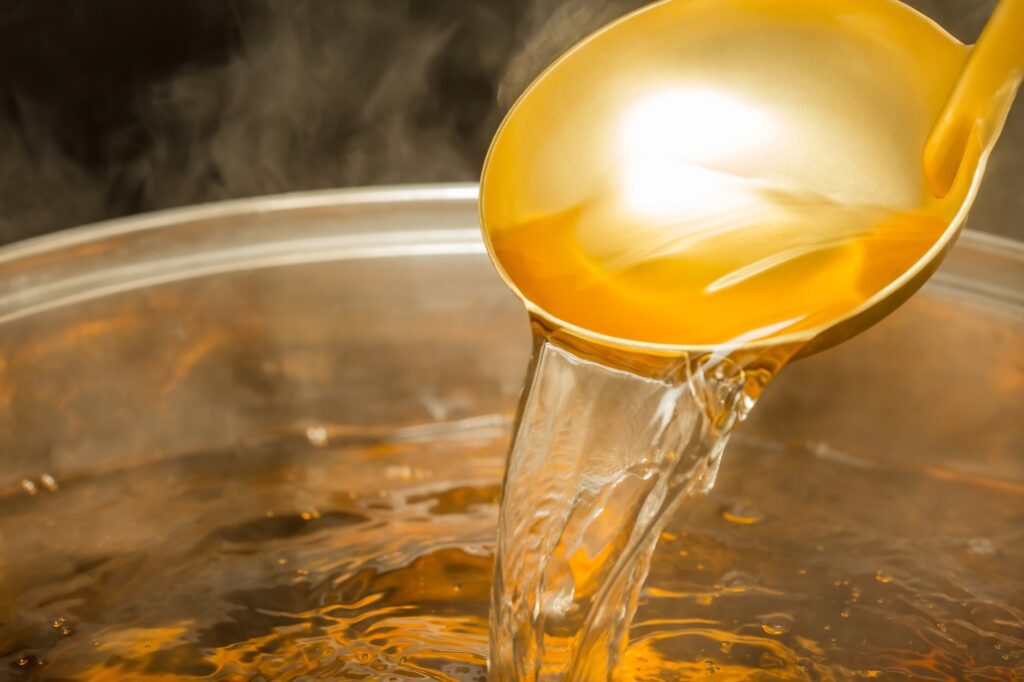
UMAMI is one of the five taste sensations, the others being sweet, sour, salty, and bitter.
Glutamate is one of the most common UMAMI components, and is found mainly in kelp and tomatoes. The main benefits of glutamic acid are as follows
– Activation of the brain
– Effect of regulating the condition of the stomach
– Inhibits the accumulation of fat
– Effect of lowering blood pressure
– Relaxing effect
Dashi (soup stock) is a symbol of UMAMI, as it contains glutamic acid from kombu and inosic acid from dried bonito flakes. It is a symbol of UMAMI.



